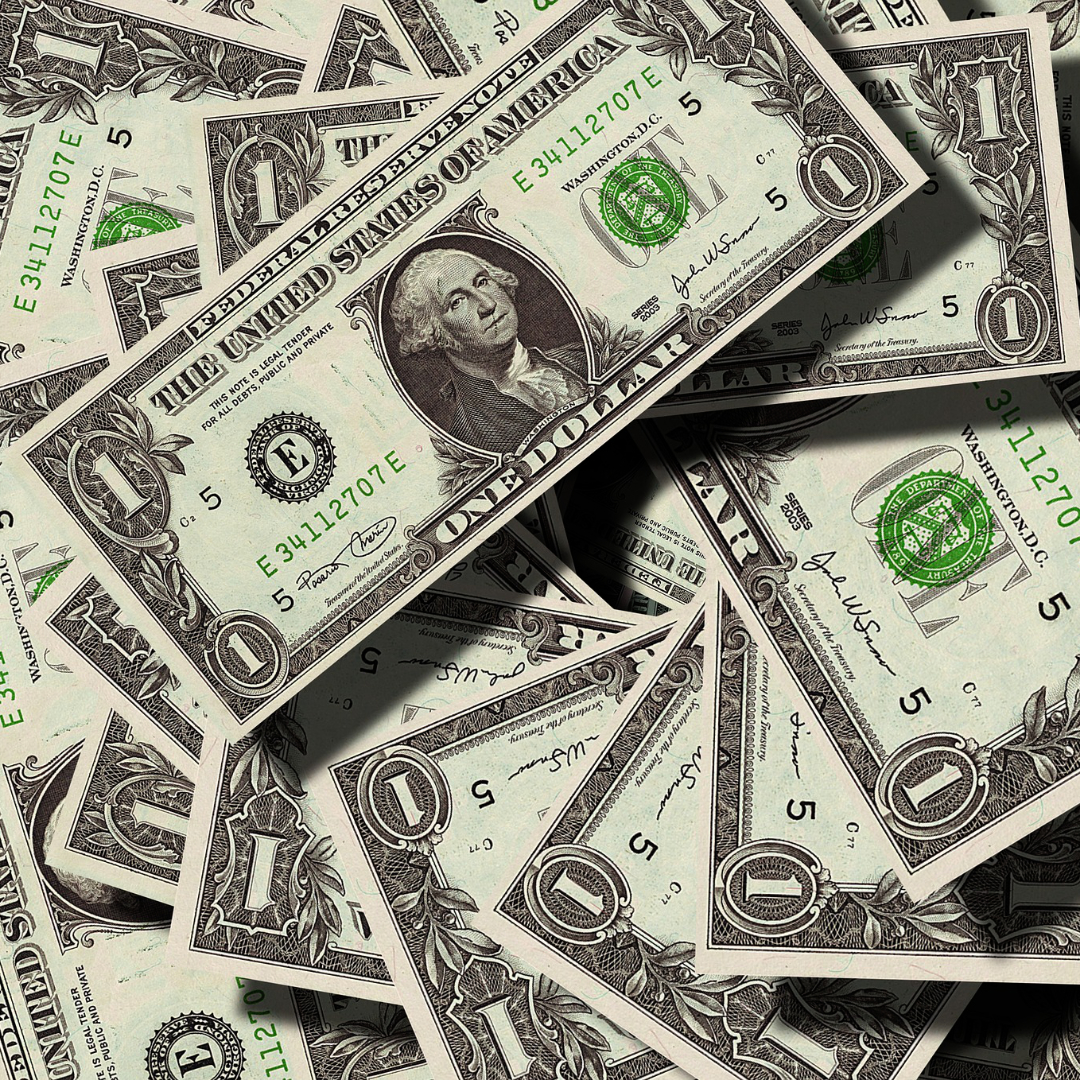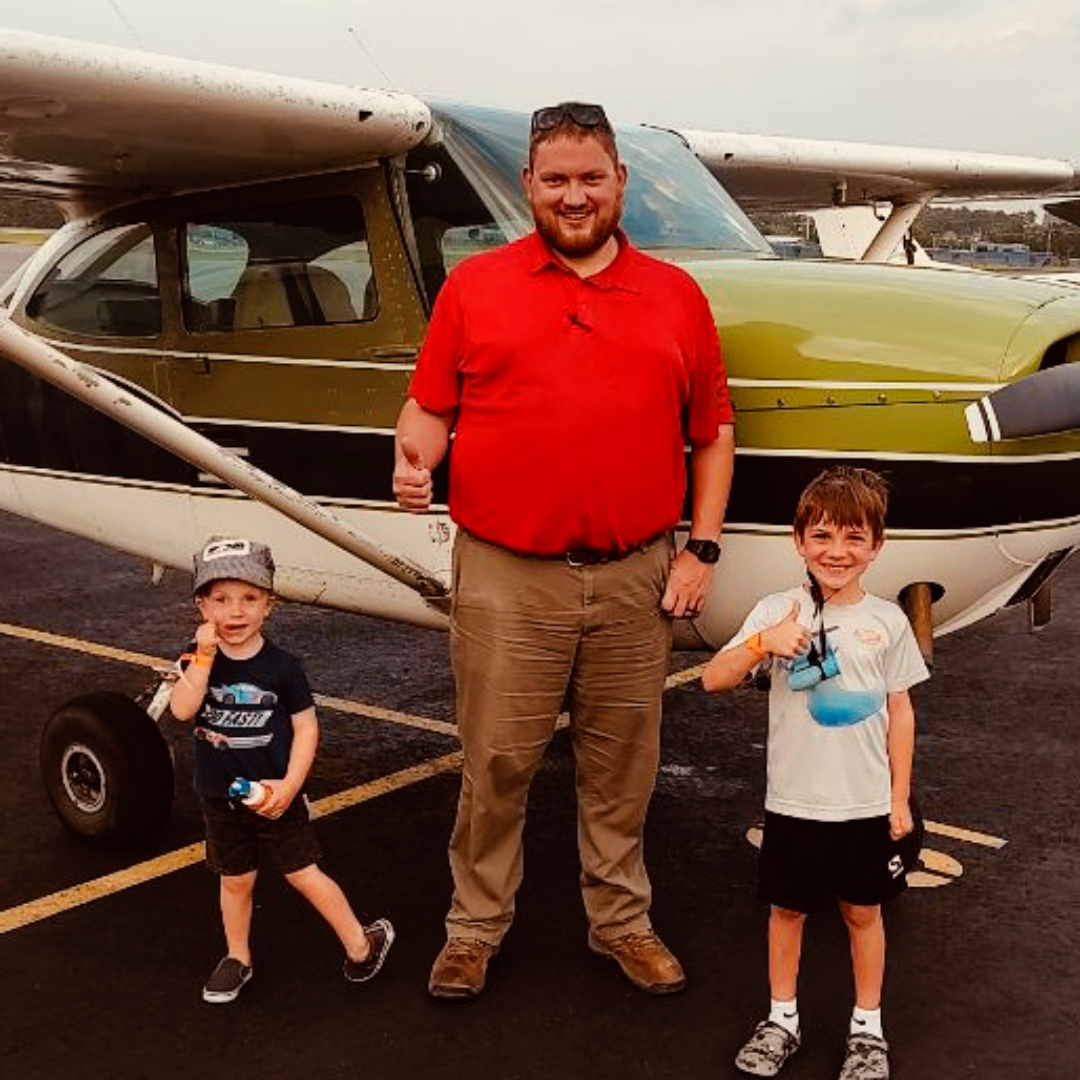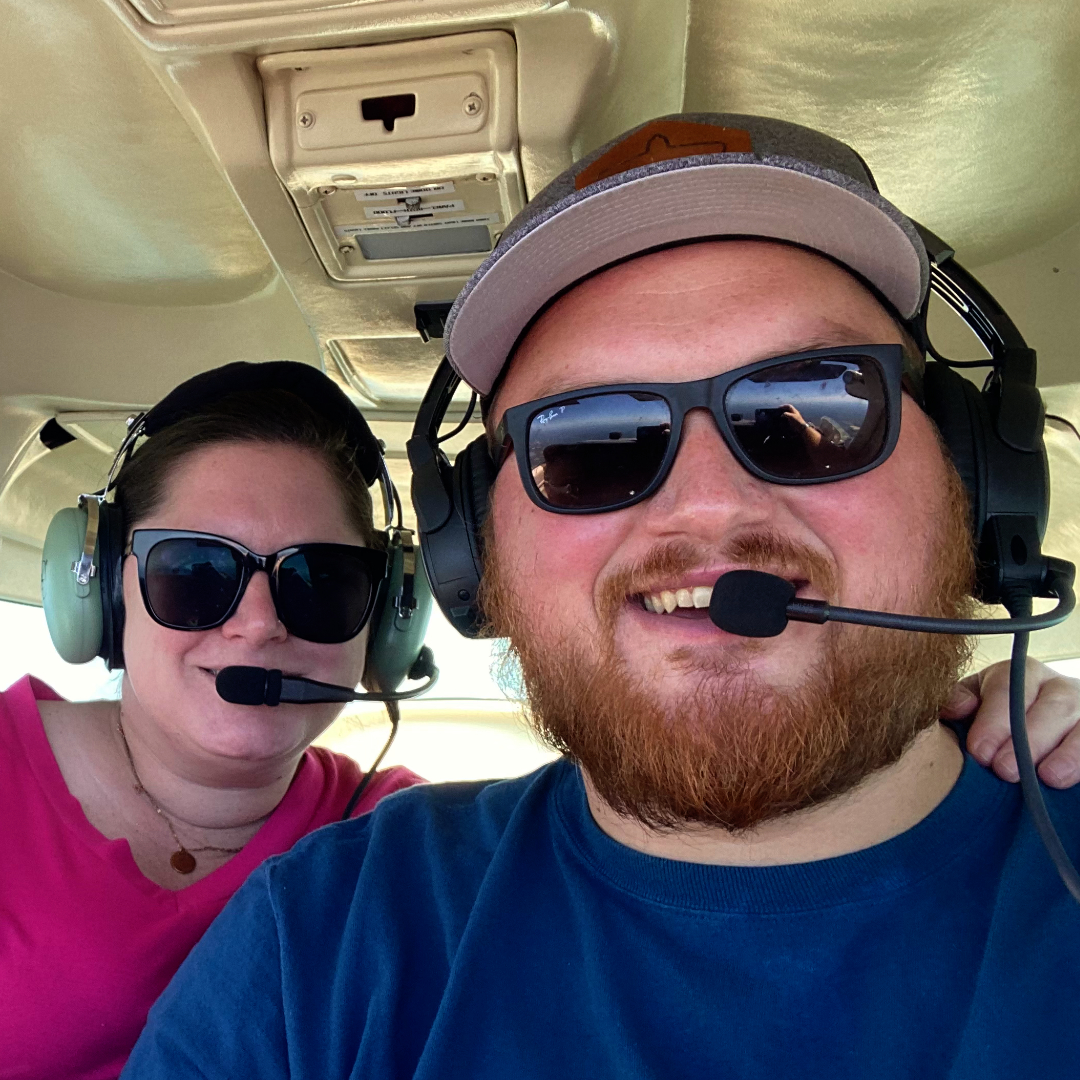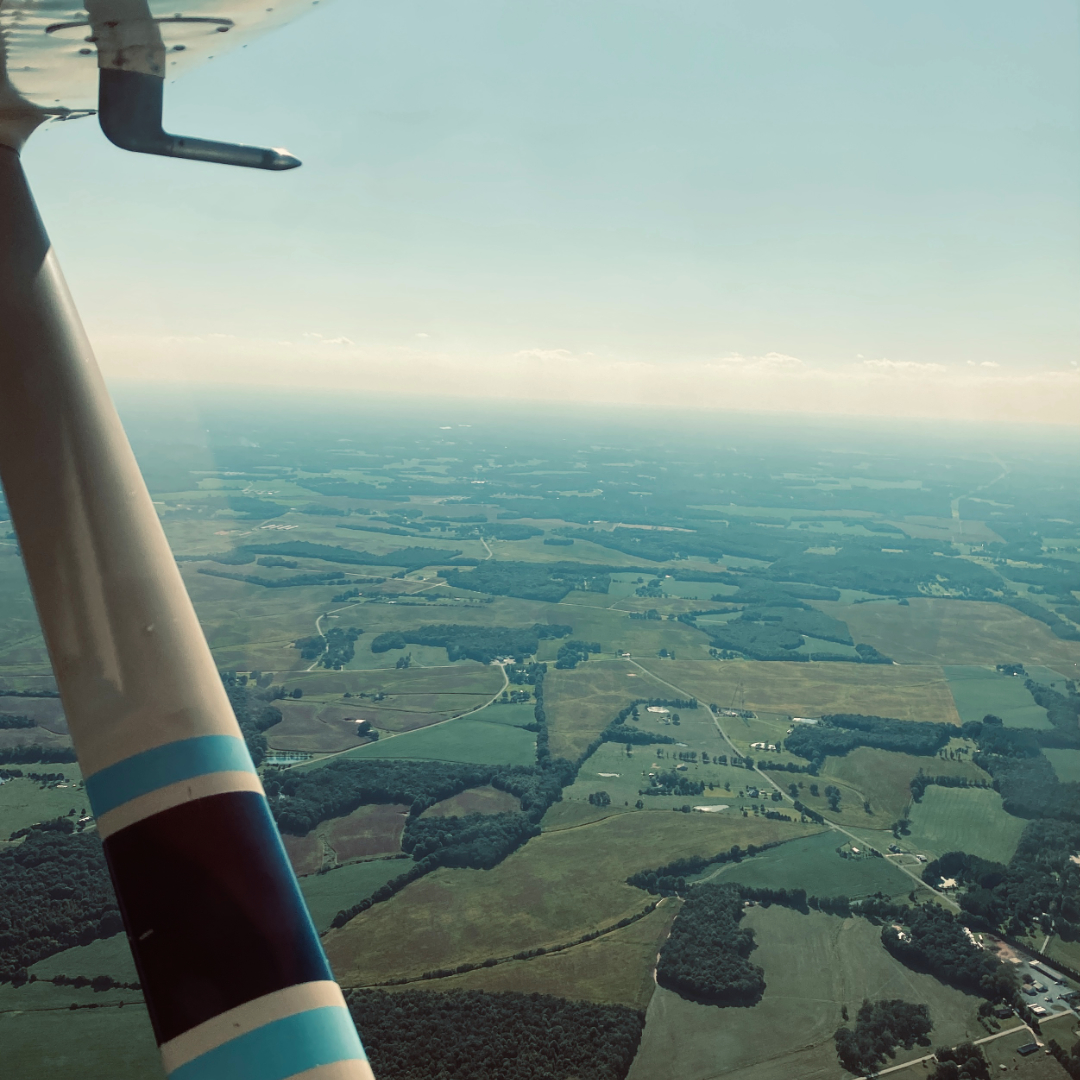After I passed my checkride and officially became a licensed pilot, I of course, receive lots of “congratulations” messages. However, I also hear a lot of people saying “that’s so cool. I would love to do it, but don’t know how much it costs”. As with many things in this world, the financial burden is a key factor of becoming a pilot. For me, I was not worried about learning to fly and the work needed to become a pilot, it was the money that had to be in-line first.
When it comes to the cost of becoming a pilot, I often see flight schools not fully disclosing the true costs of becoming a pilot. For example, the FAA minimum hours to become a private pilot are 20 hours of instruction, and 40 hours of total flight time. While this is nearly impossible, flight schools usually do a fairly good job of disclosing that. However, they will usually say something around “no one usually gets it in 40 hours, so you should plan on between 55 and 60 hours”. That’s where I disagree, and don’t think it’s realistic.
For me personally, I had almost 40 hours of instruction time and over 74 hours of total flight time by the time my checkride day arrived. You may think that this is due to me not putting in effort or flying as frequently as I should. I would argue that this is not the case. I flew 3 times a week, every week, for roughly 7 months straight. I also felt that I picked up on flying fairly quickly. When we are talking around $175/hr for flight time, and another $55/hr for instructor time, the difference in the “undisclosed” 20 hour difference can be significant.
Besides the plane rental rates and instructor rates, there are multiple other items you will need, and areas/activities you will need to spend money on become a private pilot. I will discuss each one of them here. Keep in mind that these are all rough estimates based on my area. I am located near Charlotte, NC to provide some reference. If you are in a different part of the country, these prices could change drastically. These prices are also reflected from a Part 61 flight school. I am unfamiliar with Part 141 schools, so those prices may change as well.
Plane Rental – $176 per hour
I totaled around 75 hours before my checkride, so the total here is around $13,200.
Instructor – $55 per hour
I totaled around 35 hours so my total instructor fees were around $1,925.
ADS-B Reader (Sentry) – $800
This is simply a device that suction cups to the window of the plane and connects to your iPad via Bluetooth. This device will allow you to see other planes/traffic in the air, since many of the trainer planes do not have this viewer built in. While this isn’t a requirement, it sure makes me feel safer, knowing that I can view other traffic around me.
IPad – $600
This is necessary in today’s times. The iPad allows me to have everything loaded digitally on the tablet, without the need for lots of maps, charts, paper, notebooks, etc.
ForeFlight – $300/year
This is an application designed for general aviation and combines everything you need, all in one app. The app features all needed sectional charts, weight and balance info, checklists, logbook, ADS-B traffic viewer, weather, pre-flight briefings, flight plans, waypoints, approaches, frequencies, airport info, and much more. Very much worth the money!
Headset – $500
I’m saying $500 as an average. You could get one for under $100, but I assure you that you will appreciate the difference in a nicer headset.
AME Fee – $250 (every 5 years / 2 years)
The AME is the Aviation Medical Examiner. This is the person that will provide your FAA Medical Clearance/Certificate. As a private pilot, you are only required to have a Third Class Medical. In my case, this certificate is good for 5 years before it needs to be renewed. After the age of 40, this will need to be renewed every 2 years. So, the AME fee is a rough estimate and can change frequencies depending on your age.
Written Test – $200
The written test needed to become a pilot costs roughly $200 which includes the application, testing center fee, and actual test login, etc.
Ground Course/School – $450
This can vary depending on which ground school you decide to learn from. I used King’s School, yet purchased the course through the flight school which I learned to fly at. This course was around $450 and included the curriculum, videos, charts, diagrams, practice tests, etc.
Plotter – $15
This is a necessary evil when learning to fly. While you may never use a physically plotter after your training since everything is electronic and GPS, you will need to learn how to fly using dead-reckoning and pilotage. For me, a plotter was super helpful in scaling distances, finding headings, etc.
Sectional Charts $15/each – total of $30
Paper sectional charts have sort of went by the wayside in today’s age since everything is digital. However, when learning to flying by pilotage, it was easier for me have the physical chart on paper in front of me. I purchased a total of 2 charts. The first one had expired in the middle of my training so I had to purchase a second chart that was valid at the time of my checkride.
DPE Fee – $800
The DPE is the Designated Pilot Examiner, a person contracted by the FAA to administer your final exam/checkride. This person sets his or her own prices. My DPE accepted cash or check only, and charged $800. You could shop around and find nay DPE you wish, but the ease of schedule coordination was worth it for me as my DPE was at my home airport.
Foggles – $15
You will more than likely need to purchase foggles or some other form of view limiting device. While you could borrow these from someone else, I enjoyed the comfort of simply having my own. These are needed for the simulated instrument portion of training.
Flight Bag – $55
Again, this is a necessity. Once you start accumulating headsets, charts, ADS-B readers, plotters, etc., you will need something to carry all of these items in. A flight bag is the solution. The prices of flight bags varies largely, but an average bag costs around $55.
ACS Book – $30
The ACS is the Airmen Certification Standards. Basically, this is everything you will be quizzed on during your final checkride. This isn’t needed as there are free PDFs available online, I just thought it was handy to have on paper in book form.
FAR AIM Book – $30
Same here. Free apps and PDFs are available for this, but it was worth having a hard copy of the rules/regulations with tabs for quick glance.
E6B App – $10
Unless you plan you use the old physical “wiz-wheel” E6B flight computer, the E6B app is worth the expense. I use one made by Sporty’s and it’s super helpful.
E6B Computer – $10
If you do wish to purchase a nicer, more durable manual flight computer, you can find them for around $10.
PHAK Book – $25
This is the Pilot’s Handbook of Aeronautical Knowledge, and is a good resource for learning and staying proficient. This is also available digitally online, but I found the book easier to view and find what I needed.
Renter’s Insurance – $300 per year
If you are renting a plane for flying and doing training, the flight school will most likely require that you have some sort of minimum insurance policy. I have a middle-of-the-road policy that costs roughly $300 per year, that covers damage in the unlikely event of an incident occurrence.
As you can see, aviation is a rather large financial commitment. However, it is an investment in yourself and your future. I cannot explain the level of joy and excitement I felt when I became a pilot. I feel the same level of pleasure each and every time I fly. The money is hefty, but the reward, freedom, and please is too! Here is a chart that totals the expenses discussed above. See you in the skies!





